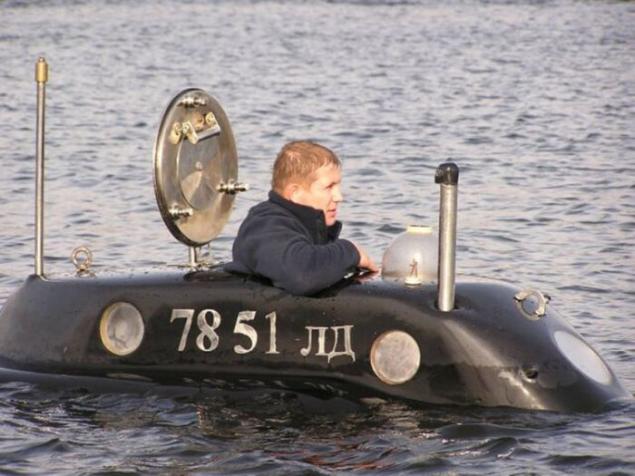

So, submarines have their means of producing oxygen continuously to help their crew stay underwater for days at a stretch.Īs expected, the inner environment inside a submarine pressure vessel enclosure is far different as compared to the natural so-called ‘open’ environment. But as they say, necessity is the mother of invention. It would not be wrong to say that many of us have had this question buzzing in my head since childhood. Now, a primitive question in the minds of many: How does the crew inside a submarine breathe?


So, they need to cater for more advanced systems and technologies that can sustain at such levels and also enable the vessel as well as its crew to meet all verticals of service, capabilities, safety, and most importantly, survivability. Remember, unlike ships, the submarine does not have the privilege to ply on the surface and can remain underwater for days at prodigal depths. Though apparently, their design appears simpler to ships in terms of its symmetric and simply enclosed exo-structure, its propulsive, communicating and other internal systems are far more complicated. Those pressure vessels ply underwater to titanic depths and are used for an eclectic range of purposes from research to defence.


 0 kommentar(er)
0 kommentar(er)
